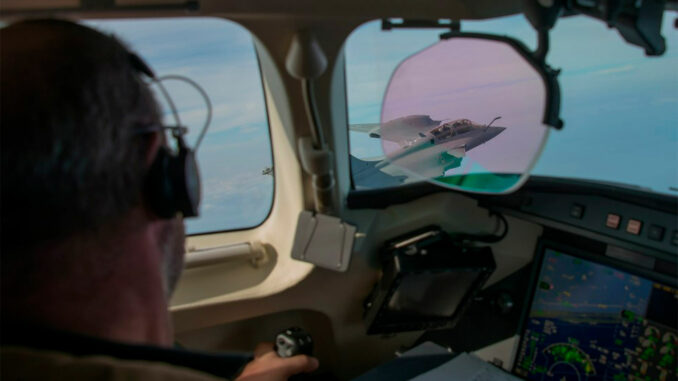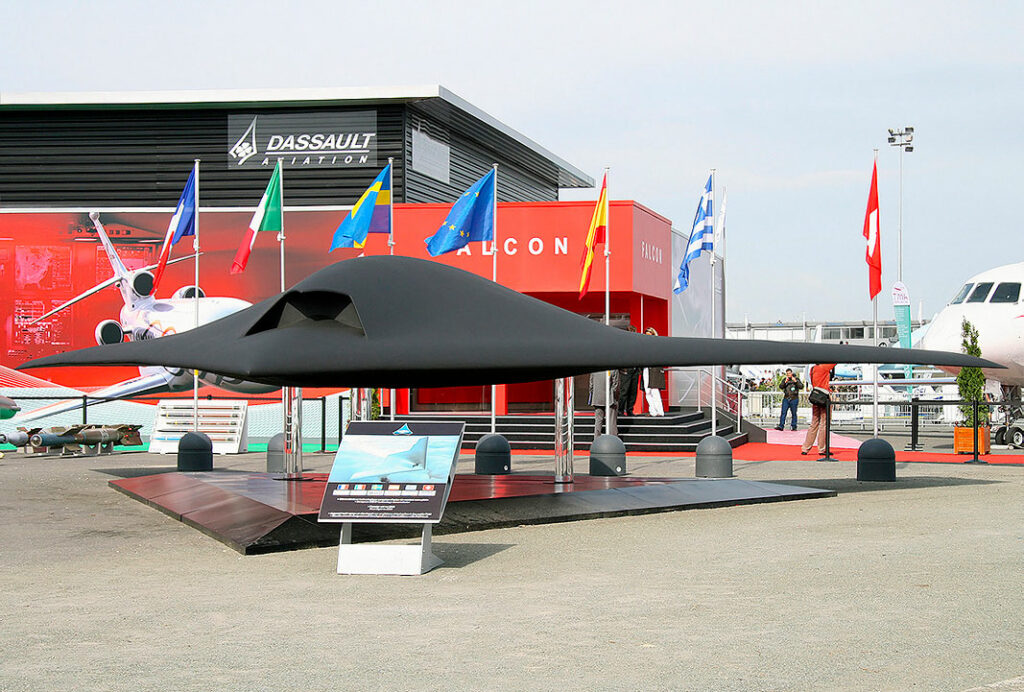
Detailed analysis of the roles of drones in joint operations with fighter planes, illustrated with specific examples and figures.
The integration of drones into air operations has revolutionized modern military strategies. These unmanned aircraft, in collaboration with fighter planes, offer increased flexibility and efficiency on the battlefield.

Intelligence gathering and sharing
Drones play a crucial role in intelligence gathering, surveillance and reconnaissance (ISR). Their ability to provide real-time information improves situational awareness for fighter pilots. For example, during Operation Cast Lead in Gaza in 2008-2009, Heron drones were used to continuously monitor conflict zones, enabling Israeli forces to effectively coordinate the actions of Apache attack helicopters and fighter jets. This integration made it possible to keep a dozen drones in flight over Gaza at all times, ensuring constant aerial surveillance.
The drones can also designate laser targets for fighter planes, increasing the precision of air strikes. This synergy reduces the risk of collateral damage and optimizes the effectiveness of missions. Thus, the drones act as force multipliers, improving the capabilities of piloted aircraft.
Suppression of enemy air defenses
Drones are used to neutralize enemy surface-to-air defense systems, thus facilitating the operations of fighter planes. A notable example is the conflict between Azerbaijan and Armenia, where Azeri drones, combined with old planes used as decoys, significantly weakened Armenian anti-aircraft defenses. This strategy allowed Azeri fighter planes to operate with a reduced threat.
Historically, during the Yom Kippur War in 1973, Israel used UAVs to saturate air defenses along the Suez Canal, demonstrating the effectiveness of this approach. These examples illustrate how UAVs can be deployed to lure and exhaust enemy defense systems, clearing the way for fighter planes to deliver decisive strikes.
Support for offensive and defensive missions
UAVs provide essential support for the offensive and defensive missions of fighter planes. They can be equipped with sensors for electronic warfare, disrupting enemy communications and radars, or be armed to carry out precise strikes. For example, the Boeing MQ-28 Ghost Bat, developed for the Royal Australian Air Force, is designed to fly alongside piloted aircraft and execute autonomous missions using artificial intelligence. This drone can perform tasks such as reconnaissance or protection against enemy fire, thus enhancing the capabilities of fighter jets.
In addition, drones can serve as communication relays, extending the range of operations and ensuring effective coordination between different air units. This function is particularly useful in environments where communications are difficult or when fighter planes are operating at the limit of their range.

Participation in air combat operations
Drones are increasingly being integrated into air combat operations alongside fighter planes. Programs such as the Kratos XQ-58A Valkyrie in the United States illustrate this trend. This stealth drone is designed to accompany piloted fighter planes, such as the F-22 or F-35, on combat missions, and can deploy weapons or surveillance systems. The XQ-58A can reach a speed of 1,050 km/h and has a range of more than 5,500 km, with a payload capacity of 272 kg, or two GBU-39 guided bombs.
These so-called “loyal wingman” drones offer increased flexibility, allowing air forces to deploy mixed formations where drones and fighter planes operate in synergy to accomplish complex missions. This approach maximizes operational effectiveness while minimizing risk to human pilots.
The integration of drones into joint operations with fighter planes is profoundly transforming military air strategies. Their role in intelligence gathering, suppression of enemy defenses, support for offensive and defensive missions, as well as their direct participation in air combat, makes them indispensable assets on the modern battlefield. The examples cited demonstrate the growing importance of these unmanned aircraft in current and future conflicts.
War Wings Daily is an independant magazine.